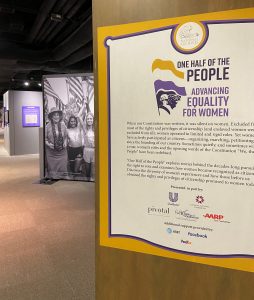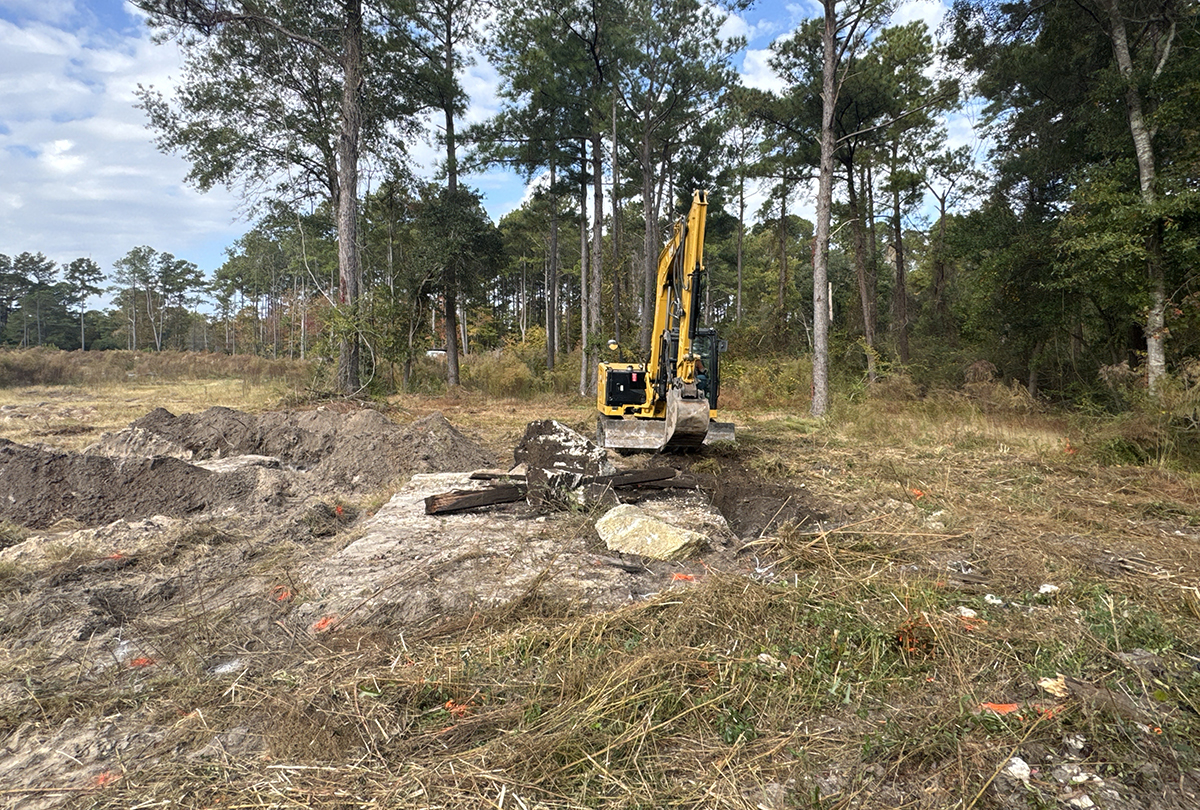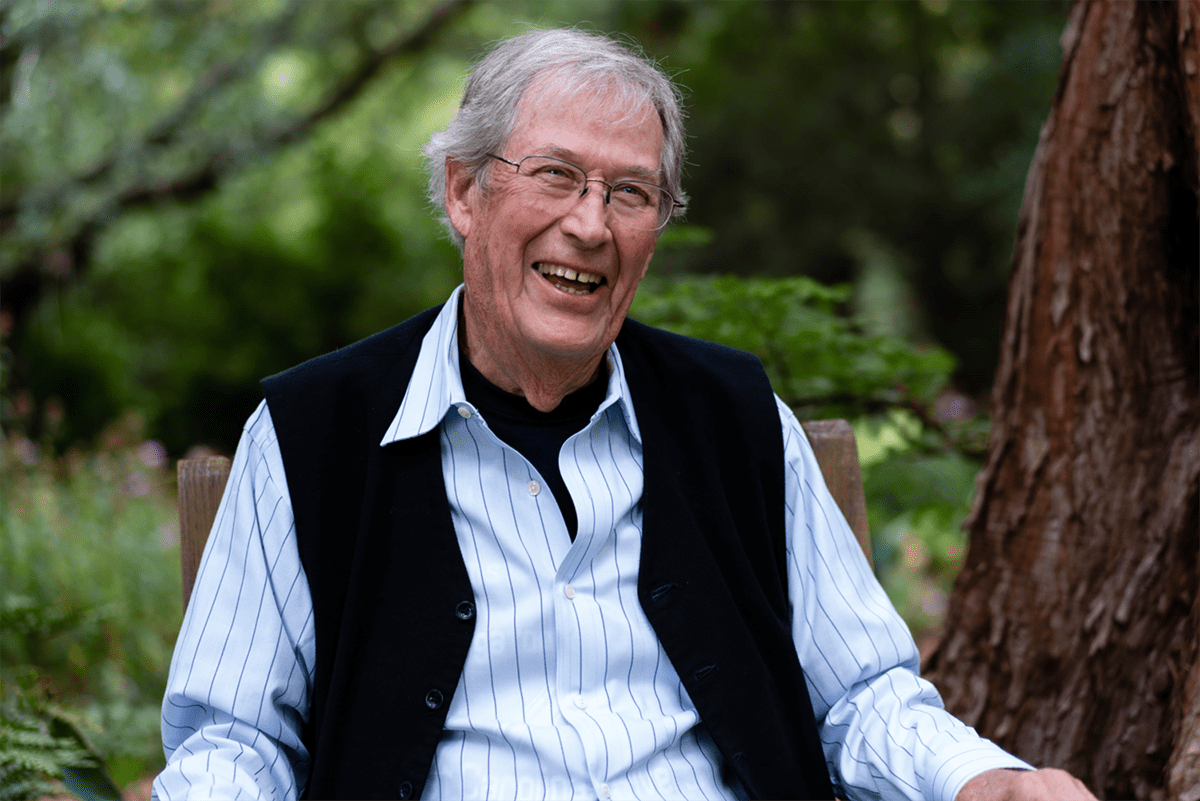
Cape Fear Museum of History and Science is featuring a new exhibit looking at women’s history in the United States.
Organized by the National Archives, the exhibit, “One Half of the People: Advancing Equality for Women,” will be on view through May 25 in the Wilmington museum. The exhibit opened Friday.
Supporter Spotlight
“One Half of the People helps us explore how women and their allies worked to secure more equal access to legal and citizenship rights, as well as employment opportunities,” Museum Historian Jan Davidson said in a release. “We are delighted to be able to bring this story of an important part of our country’s history to the community.”
Women’s roles were rigidly defined and women were generally excluded from political and, in many ways, public life at the founding of our country. Enslaved women were excluded entirely. Considered under the protection and authority of their husbands long into the 19th century, most women could not vote, own property, make contracts, go to court, or control any money they earned, according to the museum.
“From the decades-long campaign for voting rights to expanding social and economic equality through legislation, and being recognized as citizens, One Half of the People explores how those before us obtained the rights and privileges of citizenship promised to women today, the museum said.
The museum provided the following information about the exhibit, which is divided into three sections:
- Securing the Vote: Suffragists celebrated a constitutional victory when the 19th Amendment was ratified on Aug. 18, 1920. The 19th Amendment changed the electorate, sending more people to the polls than ever before. However, it was one milestone in a long road to full voting rights for all women. Millions of women remained unable to vote for reasons other than their gender.
- Beyond the Vote: Once women had the right to vote they were citizens. Or were they? After the 19th Amendment was ratified in 1920, women continued to demand equal rights guaranteed by the Constitution. First proposing an Equal Rights Amendment, or ERA, in 1923, Congress proposed it every session until it was passed in 1972. Although the ERA ultimately failed to achieve ratification in 1982, legal victories in the areas of finance, education, and employment gave women greater social and economic equality.
- Redefining Roles: Explore the stories of 11 women who pushed the limits of what was expected and accepted of them, including Sarah Emma Edmonds Seelye, Harriet Tubman, Annie Oakley, Ida B. Wells-Barnett, Marie Louise Bottineau Baldwin, Willa Brown, Eleanor Roosevelt, Rosa Parks, Shirley Chisholm, Sandra Day O’Connor and Ellen Ochoa.
One Half of the People: Advancing Equality for Women was created by the National Archives and Records Administration, Washington, D.C., and is traveled by the National Archives Traveling Exhibits Service, or NATES. It is presented in part by Unilever, Pivotal Ventures, Carl M. Freeman Foundation in honor of Virginia Allen Freeman, AARP, and the National Archives Foundation. Additional support provided by AT&T, Facebook, and FedEx. For more information on this exhibit and companion projects at the National Archives, visit: www.archives.gov/women.







